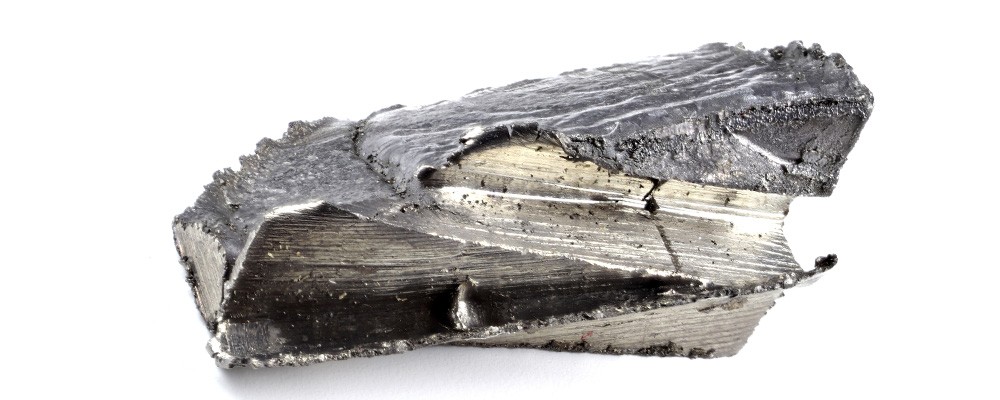Filter
Looking for something?
If you do not see anything that suits your needs, please get in touch with your requirements.
Custom EnquiryDy Rod 6.35mm diameter 99.9% pure
Dysprosium
Dy Rod 12.7mm diameter 99.9% pure
Dysprosium
Dysprosium Dy
TREM99.5%, Dy/TREM 99.95%
Dysprosium Dy
TREM99.5%, Dy/TREM 99.9%
Dysprosium oxide Dy2O3,
Purity 99.95% & 99.99%
Dysprosium fluoride DyF3,
Purity 99.9%
Dysprosium-Iron DyFe,
Available in various ratios wt% or at%, Purity 99.9%
Dy Foil Thickness 0.1mm (0.004")
Dysprosium
Dy Foil Thickness 0.2mm (0.008")
Dysprosium
Overview
Dysprosium (chemical symbol Dy) is a rare earth element belonging to the lanthanide series of the periodic table. It was discovered in 1886 by the French chemist Paul Émile Lecoq de Boisbaudran. Dysprosium is relatively scarce, usually extracted from minerals like bastnäsite and monazite. This silver-white metal is highly valued in various advanced technological applications due to its exceptional magnetic properties, high thermal neutron absorption, and resistance to demagnetisation at elevated temperatures.
Properties
Dysprosium has several unique properties that make it valuable for modern technologies. It has an atomic number of 66 and an atomic mass of 162.50 u. Dysprosium is a soft, malleable metal with a density of 8.54 g/cm³, a melting point of 1,412 °C, and a boiling point of 2,567 °C. Dysprosium has one of the highest magnetic moments of all elements, making it highly effective in enhancing the performance of permanent magnets, especially at high temperatures. It also has excellent resistance to corrosion in air, providing stability in demanding environments.
Applications and Uses
Dysprosium is primarily used in the production of high-performance permanent magnets, particularly in neodymium-iron-boron (NdFeB) magnets. These magnets are essential components in electric vehicles, wind turbines, and various electronic devices, where they improve efficiency and performance under high-temperature conditions. Dysprosium’s role in enhancing magnetic properties at elevated temperatures makes it crucial for applications that require reliable performance, such as in motors, generators, and magnetic resonance imaging (MRI) machines.
In the nuclear industry, dysprosium is used as a neutron absorber in control rods due to its high thermal neutron cross-section, making it an important material for maintaining the safety and efficiency of nuclear reactors. Dysprosium oxide is also used in various alloys and laser materials, providing improved strength and resistance to oxidation.
Furthermore, dysprosium is used in lighting applications, such as in metal-halide lamps, where it contributes to the bright, white light emitted. Its compounds are also utilised in research and development, particularly in advanced technologies and materials science.
Safety and Handling
Dysprosium is generally safe to handle in solid form, but like other rare earth metals, it should be managed with care to avoid inhaling dust or fumes during processing. Proper safety measures, including personal protective equipment and ventilation, are recommended when handling dysprosium and its compounds to ensure safe use.
Summary
Dysprosium is a rare earth metal known for its high magnetic strength, resistance to demagnetisation, and neutron absorption capabilities. It is essential in high-performance magnets, nuclear reactors, and advanced lighting technologies. Testbourne provides high-quality dysprosium products, offering reliable materials for scientific research and industrial applications.

